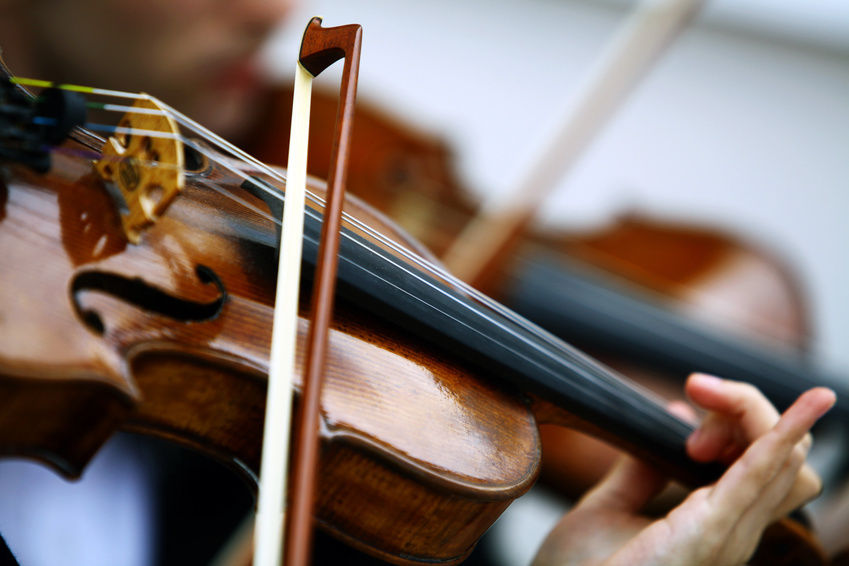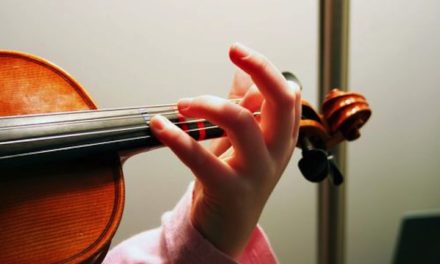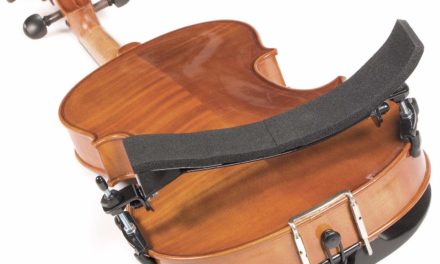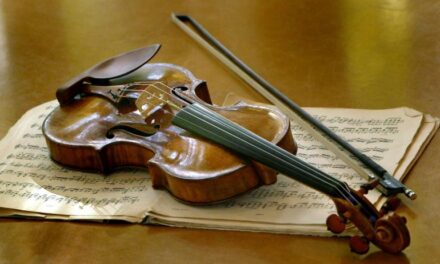When you buy a violin, it comes with a bow. When you buy a fine and expensive violin it doesn’t mean that it comes with a good bow, so you will have to buy a new one, if you are a professional musician.
But even if you are just an amateur -with not that much technical skills yet- you will surely must be prepared and know how to choose the right bow for you, the one that will take you to a higher level as a violinist. Because in any case, the bow is the extension of your right hand, and either this belongs to the best musician or to a wanna be professional, your right hand must be able to play with the less effort.
The most important thing on a bow, is its balance. The average weight of a bow is about 60 grams, but considering that many famous makers used to sell fine bows of 54 grams weight, the significant here was how this weight was equal balanced throughout the body of this bow.
In order to feel this, you must be able to pick up the bow and place it on your violin, so the most preferable place to buy a bow should be a local shop, although the online purchase is usually the cheaper one. And in case that you will decide to buy online, there are some tips that you can follow, in order to be sure about your purchase (the cheaper best bow of its category).
If you entertain with the idea of doing this purchase online, you can do it online, where you can buy branded bows at a really good price, but you must know from the beginning what you are looking for.
If you decide to buy online from professional bow traders, makers and workshops, you will surely find the quality that you are seeking, and you will have to choose between many, many bows. May the price won’t be that good as of Ebey’s bows, but you will still be able to buy at a better price than your local dealer and have many options.
Finally, if you decide to buy through any other online instrument market place, you can make them some questions either written, or by phone (there are always professionals that will guide you and help you) questions that will guarantee you the quality of the purchase.
In any case, even if you finally decide to visit a local dealer or a famous music store, there are some basics that you must follow anyhow, so let’s start with these.
-
Stiffness
-
Flexibility
-
Materials
-
Take your violin with you
-
Price





